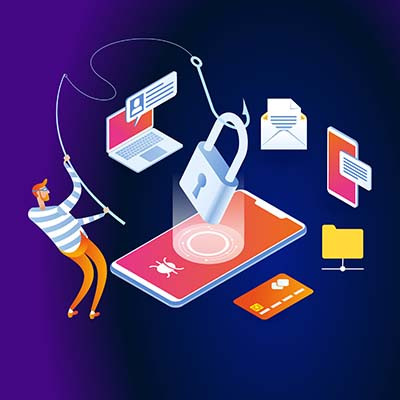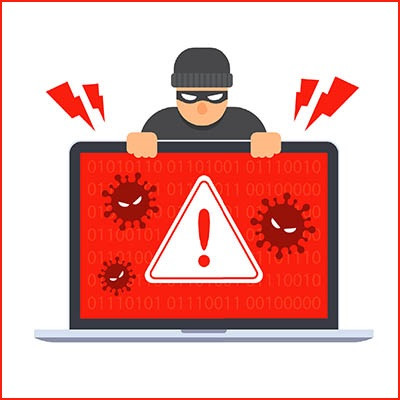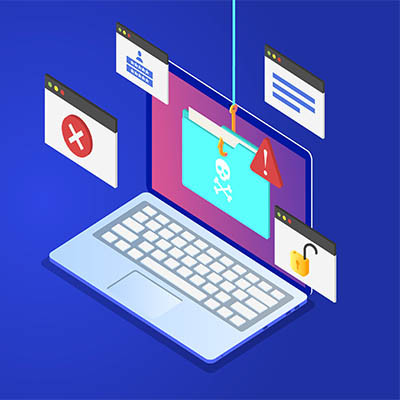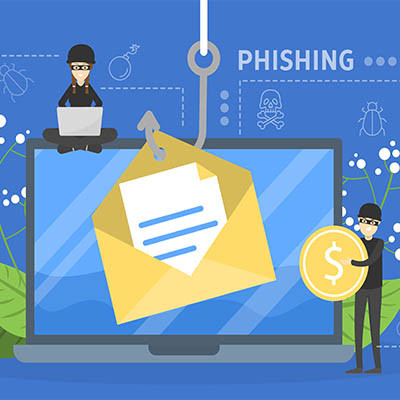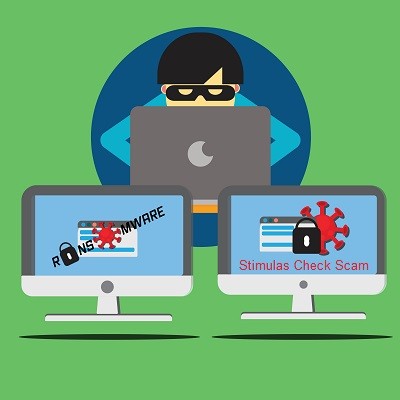-
Contact Us At
-
E-Mail Us @
-
Need Help Now?
Clearmind Technology, Inc. Blog
Hackers have often used email to trick users into clicking on fraudulent links or to hand over important credentials through phishing scams, but these are usually blocked by an enterprise-level spam blocker. However, hackers have learned that there is indeed a way around these spam blockers, and it’s through popular social media websites.
The holiday season is a time for merriment and good cheer, but hackers have historically used it to take advantage of peoples’ online shopping tendencies. Phishing scams are always on the rise during the holiday season, so you need to take steps now to ensure that you don’t accidentally put yourself at risk—especially with voice spoofing emerging as a threat for Amazon orders.
There are always going to be those who want to use your hard-earned data and assets to turn a profit. One of the emergent methods for hackers to do so is through twisting the “as a service” business model into network security’s worst nightmare. This type of security issue is so serious that Microsoft has declared that Phishing-as-a-Service is a major problem.
We don’t like it any more than you do, but if we have learned anything at all over the past several years, it’s that security absolutely needs to be a priority for all small businesses. In the face of high-profile ransomware attacks that can snuff companies out of existence, what are you doing to keep your own business secure? To put things in perspective, we’ve put together a list of some of the more common threats that all companies should be able to address.
Phishing attacks are some of the most common threats out there. Hackers will craft messages or web pages designed to harvest information from your employees, be it through suspicious requests for credentials via email or through false websites that look so much like the real thing that it’s no wonder they were tricked. How can you make sure that your employees don’t fall for these dirty tricks? It all starts with comprehensive phishing training.
The first half of this year has seen its fair share of ups and downs, especially on a global scale. With a global pandemic still taking the world by storm, it’s despicable that hackers would take advantage of the opportunity to make a quick buck using phishing tactics. Yet, here we are. Let’s take a look at how hackers have turned the world’s great misfortune into a boon, as well as how you can keep a lookout for these threats.
Despite the name being mildly amusing, phishing attacks are no laughing matter. These scams, in all their different forms, wreak havoc on businesses—ranking as the top breach threat in the 2020 edition of Verizon’s annual Data Breach Investigations Report, and successfully impacting 65 percent of United States organizations in 2019 as reported by Proofpoint’s 2020 State of the Phish Report. Avoiding them requires you to be able to spot them, so let’s go over the different varieties of phishing that can be encountered.
As serious as they are, cyberattacks aren’t always given the most serious-sounding names. We are, of course, referring to “phishing”: the manipulation of the user, rather than of a computer system, to gain access to data. Phishing can come in many forms, with some—like phishing someone via SMS message—doubling down on the silliness of the name. Let’s examine this variety, and why “smishing” is not something to trifle with.
Data security is always a challenge that businesses must rise to meet, but the COVID-19 pandemic has complicated things significantly by creating situations that make ensuring this security even more difficult. Let’s go over the impacts that many organizations—especially those in the healthcare industry—have had to deal with due, in part, to the coronavirus.


